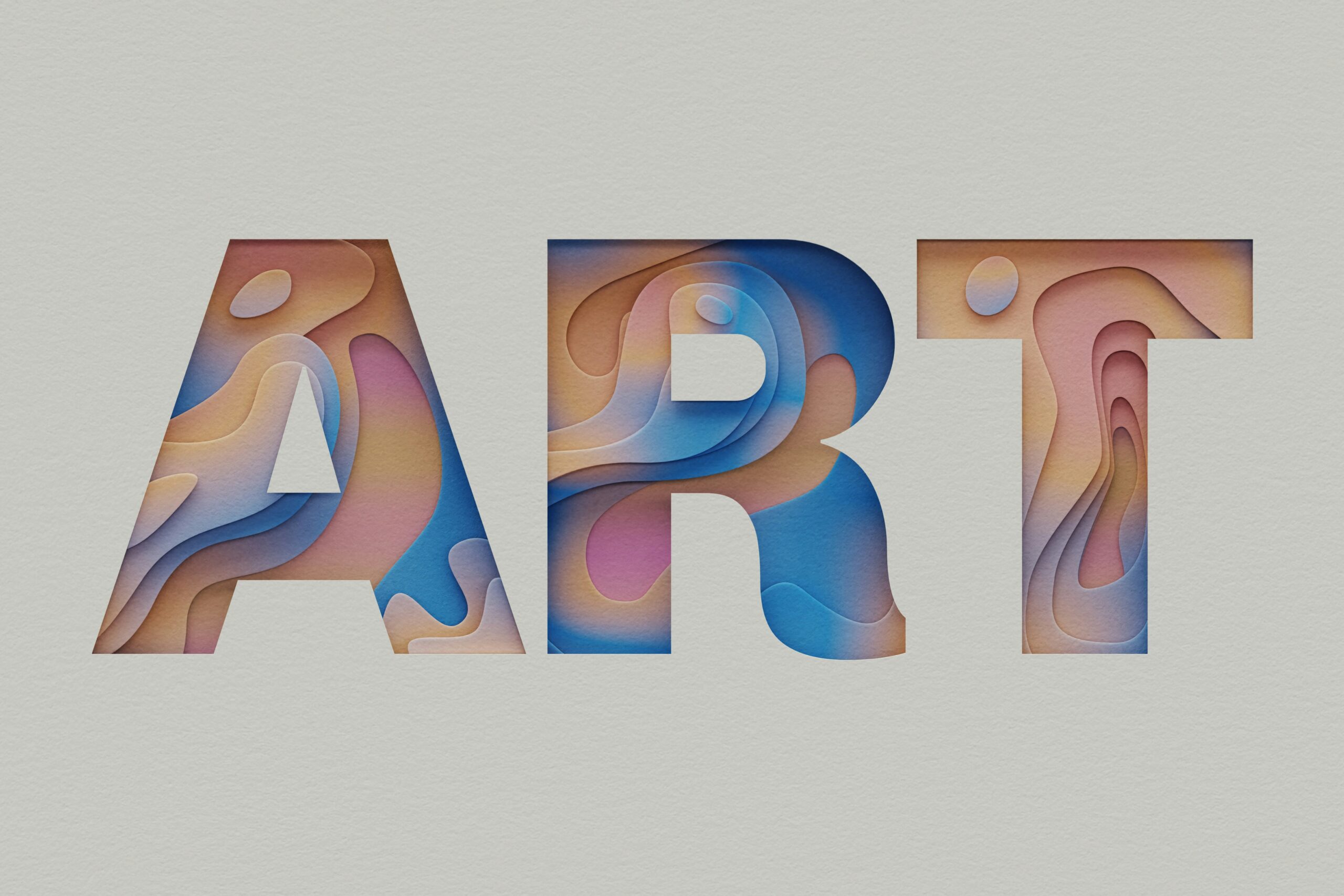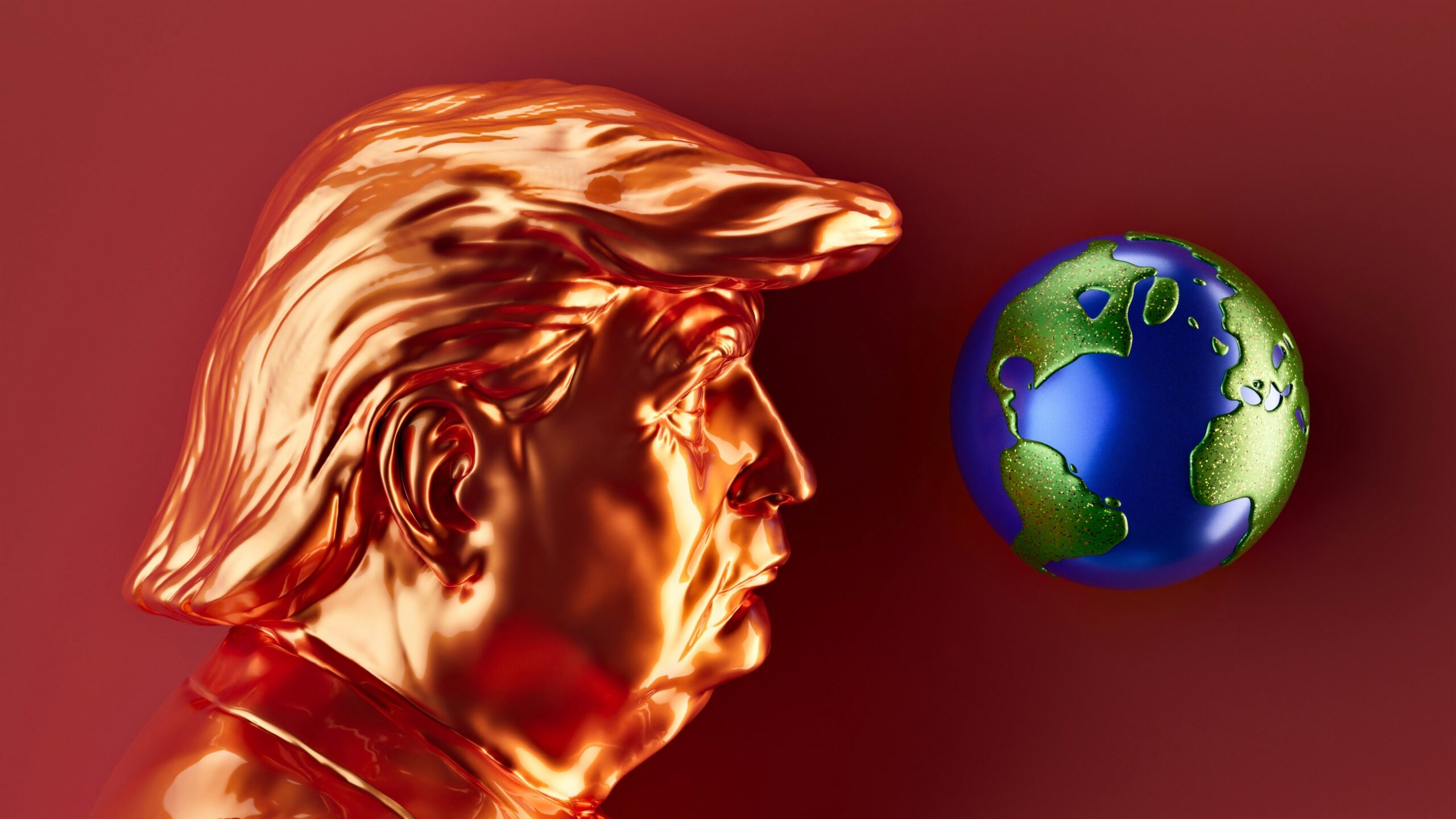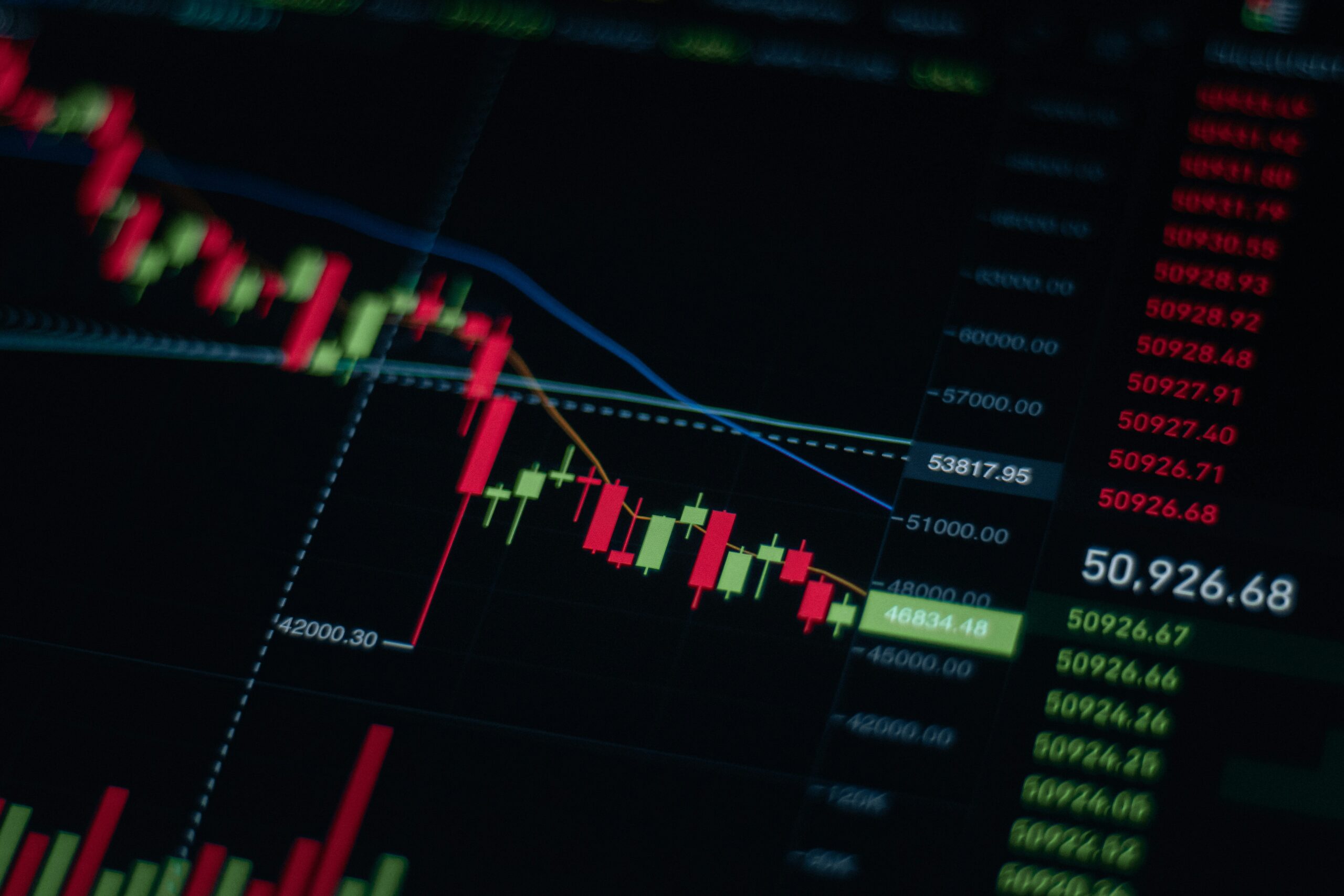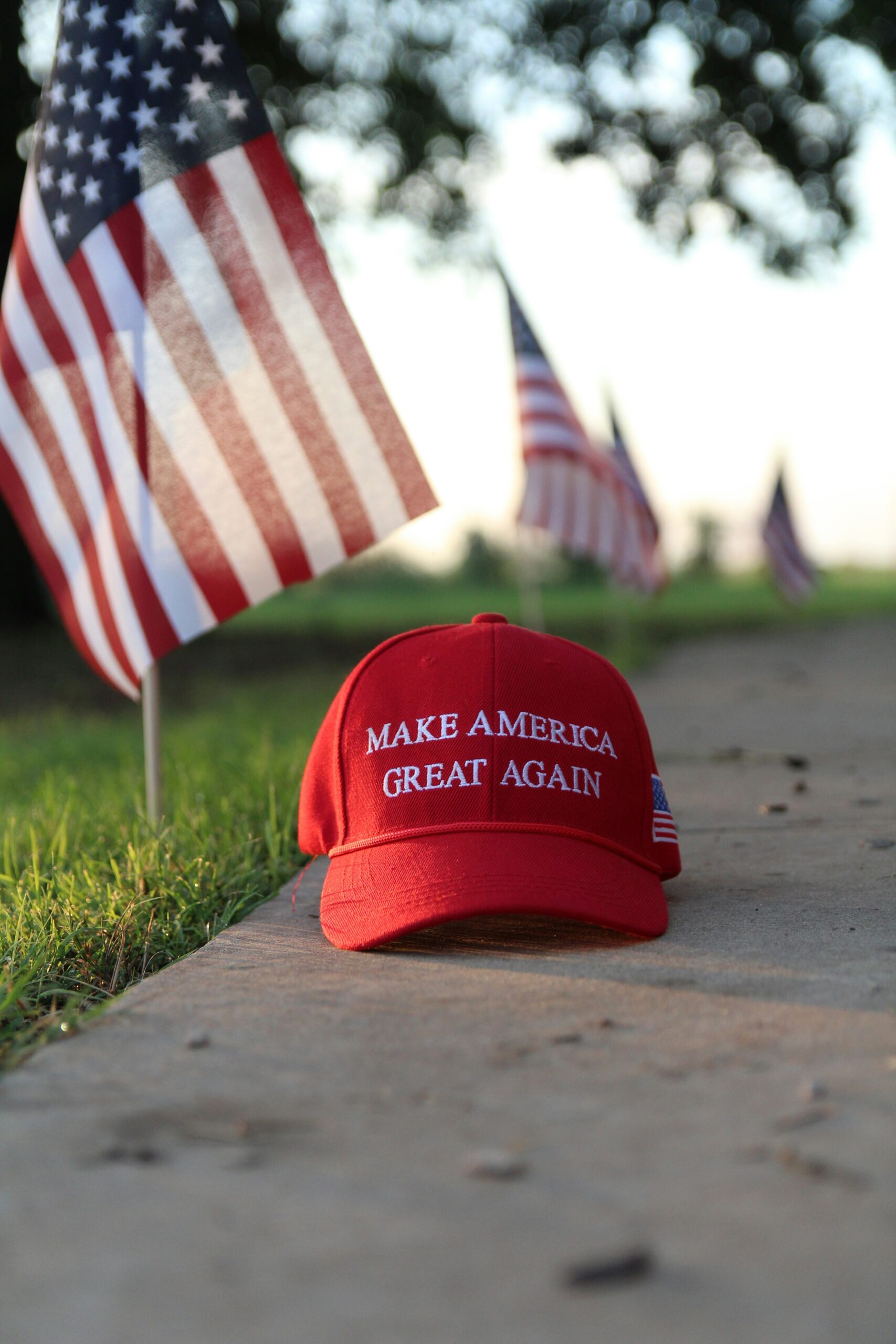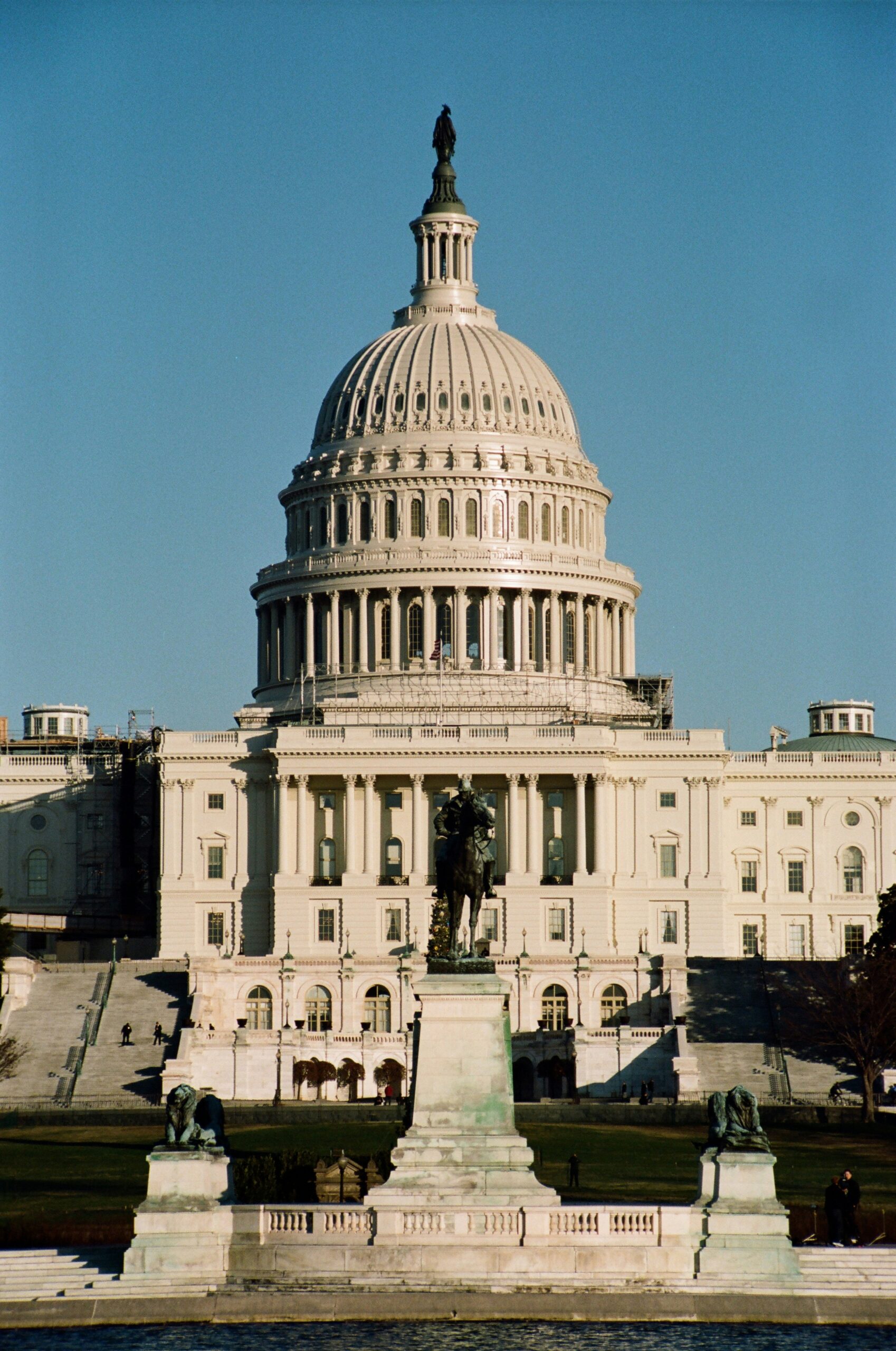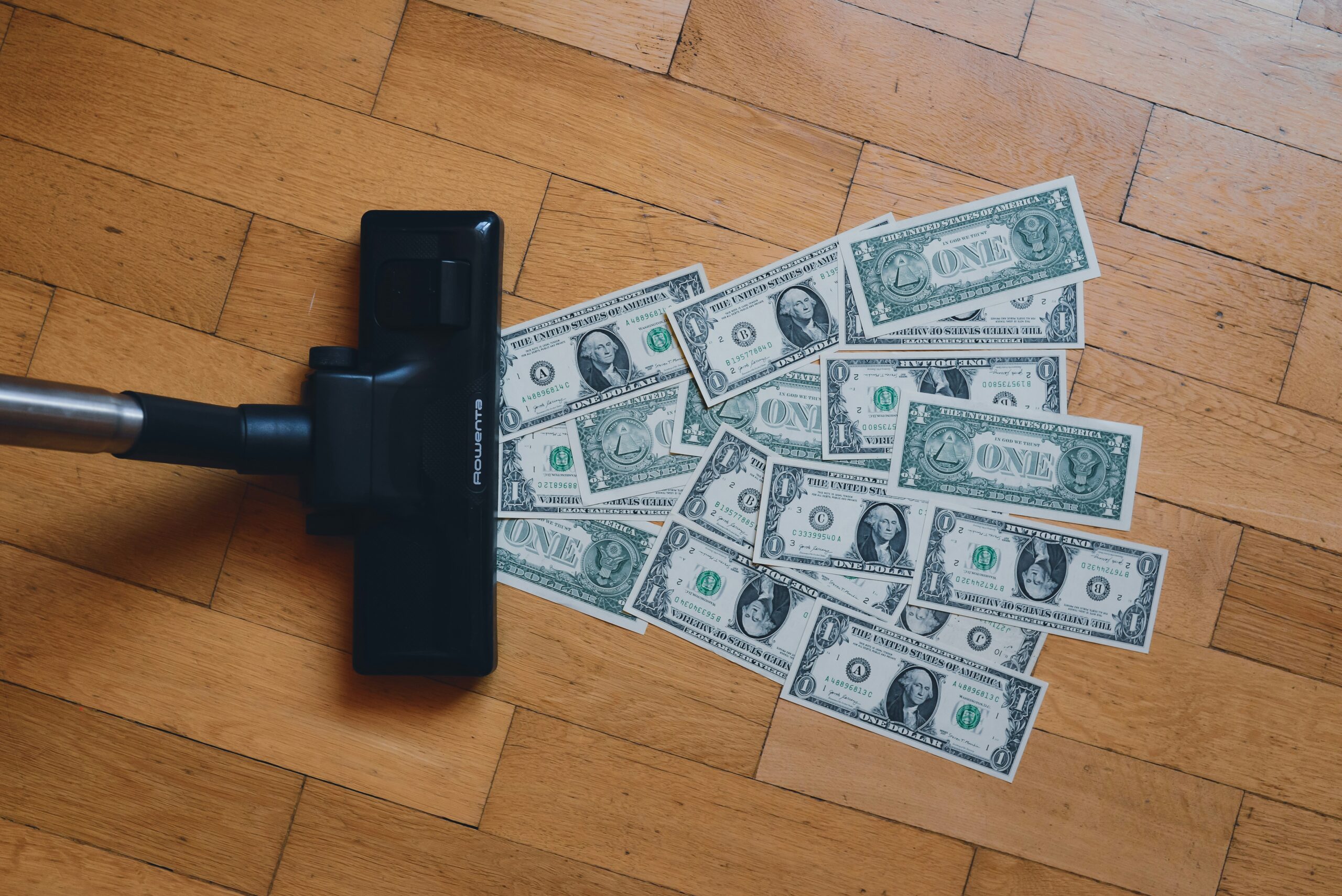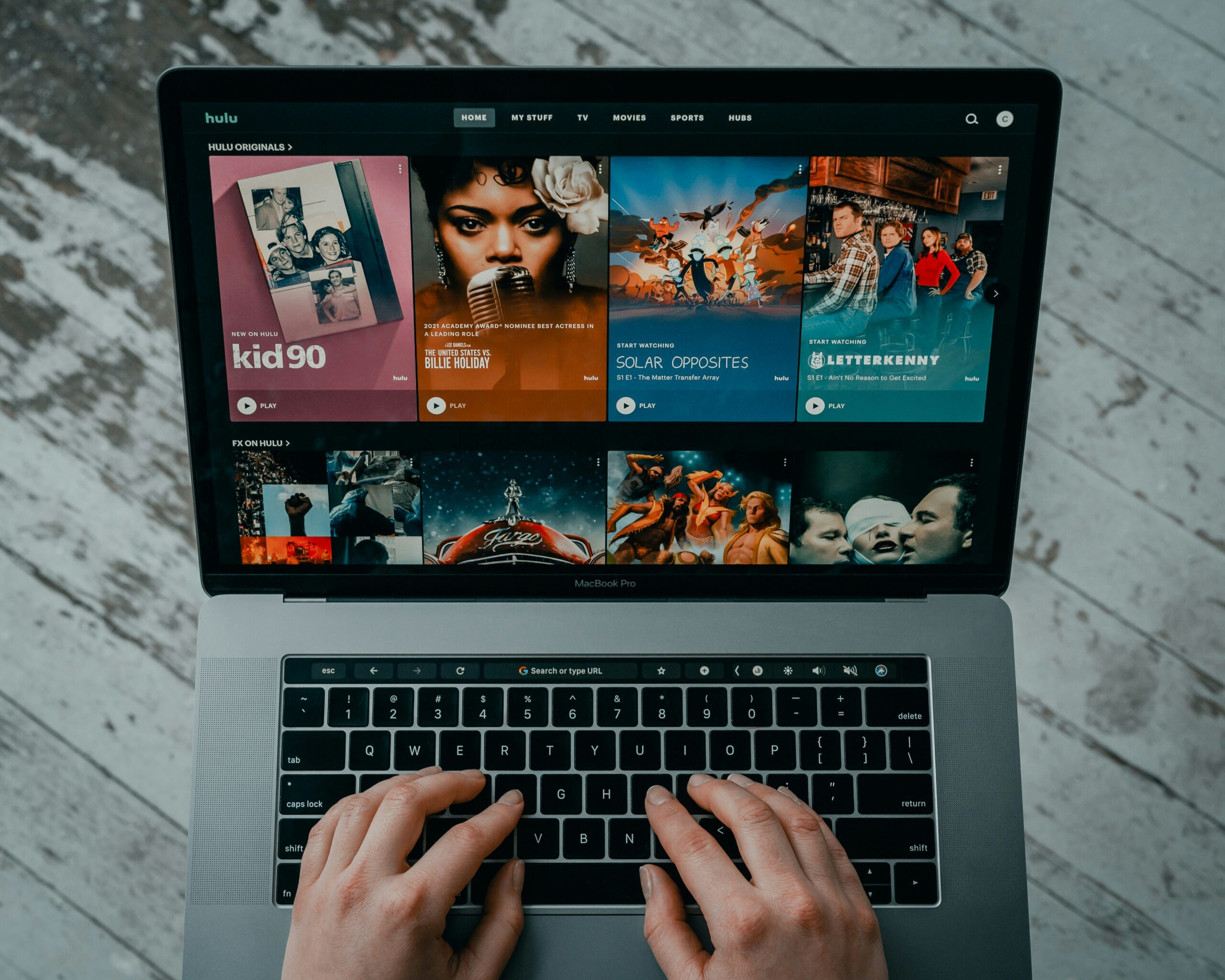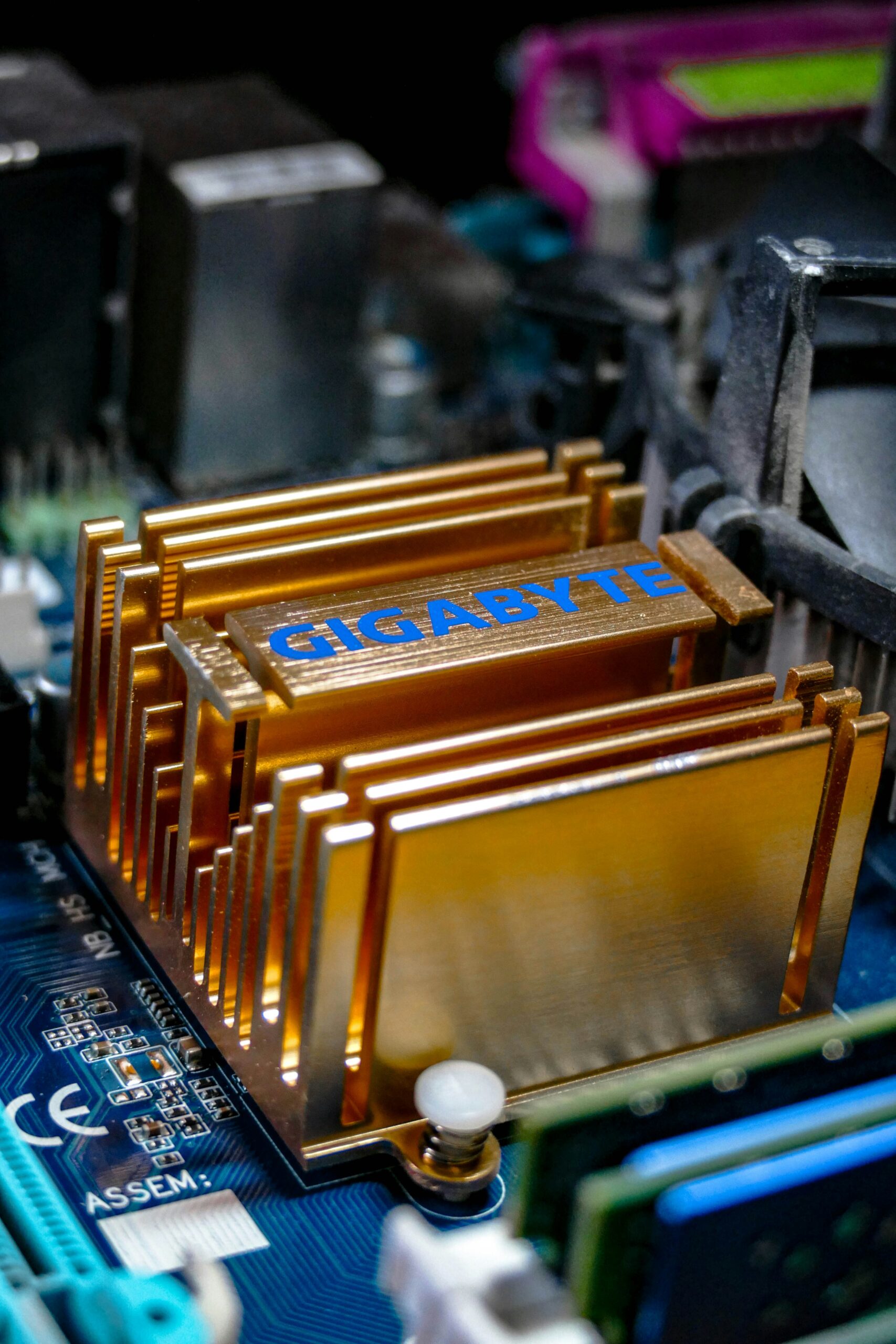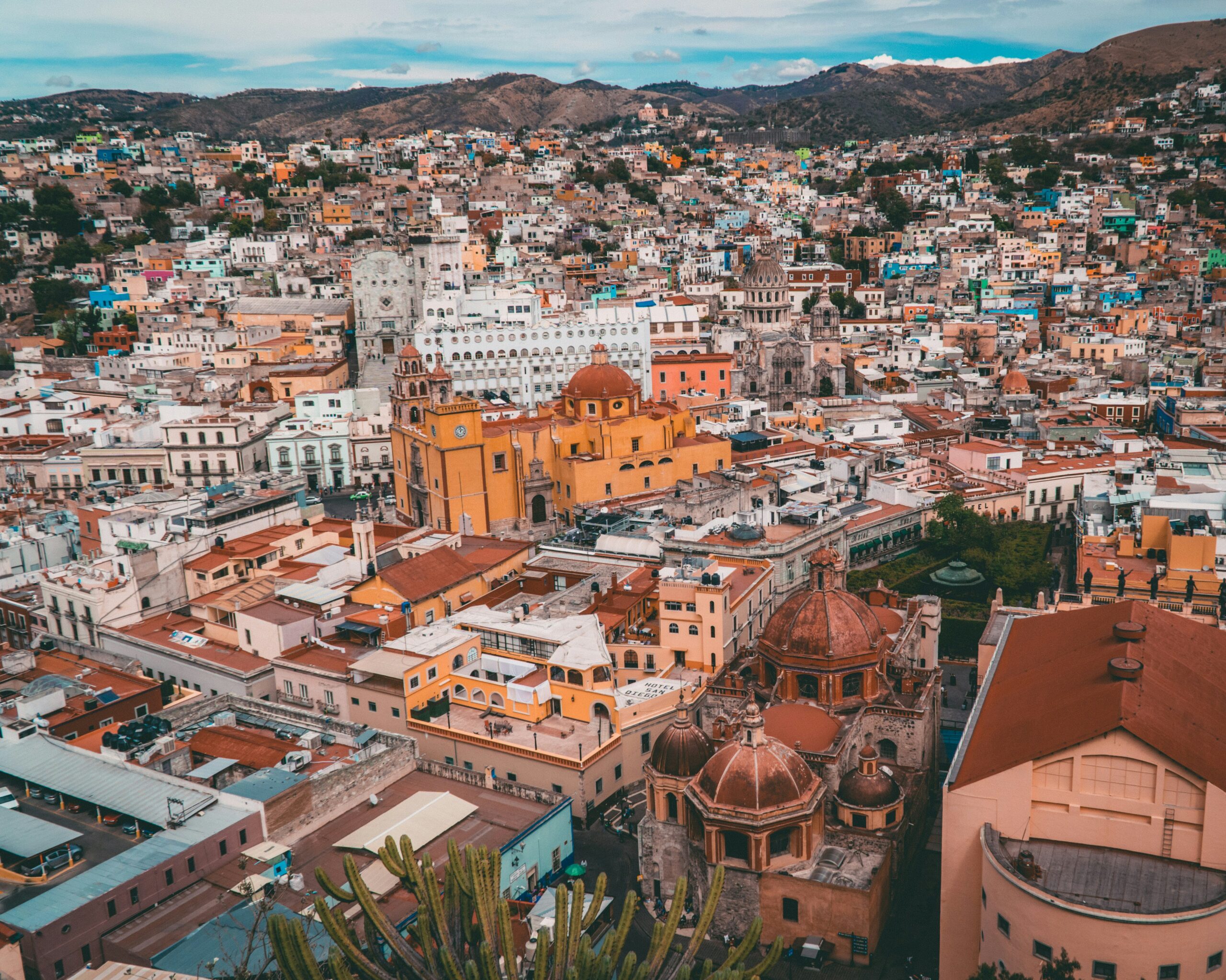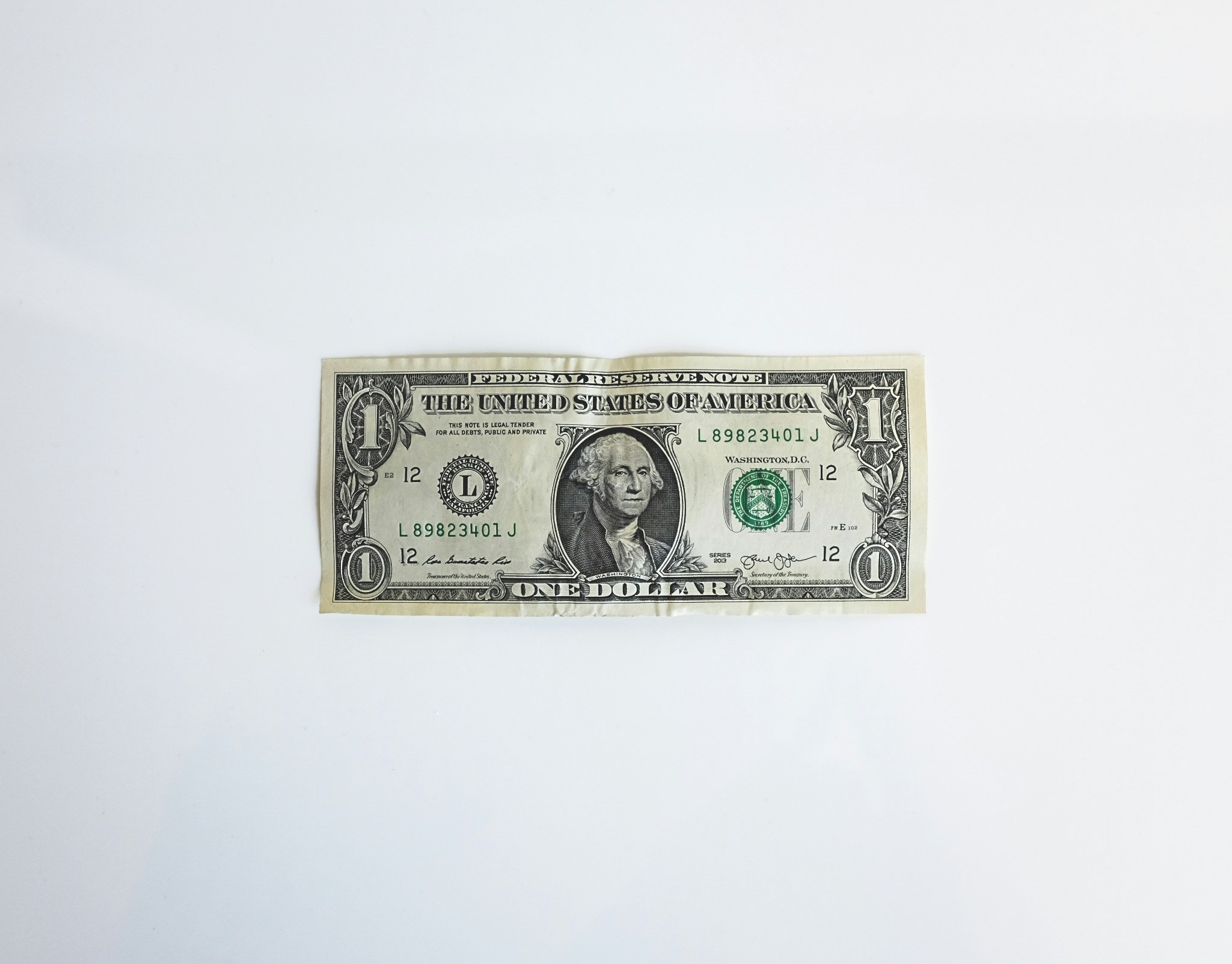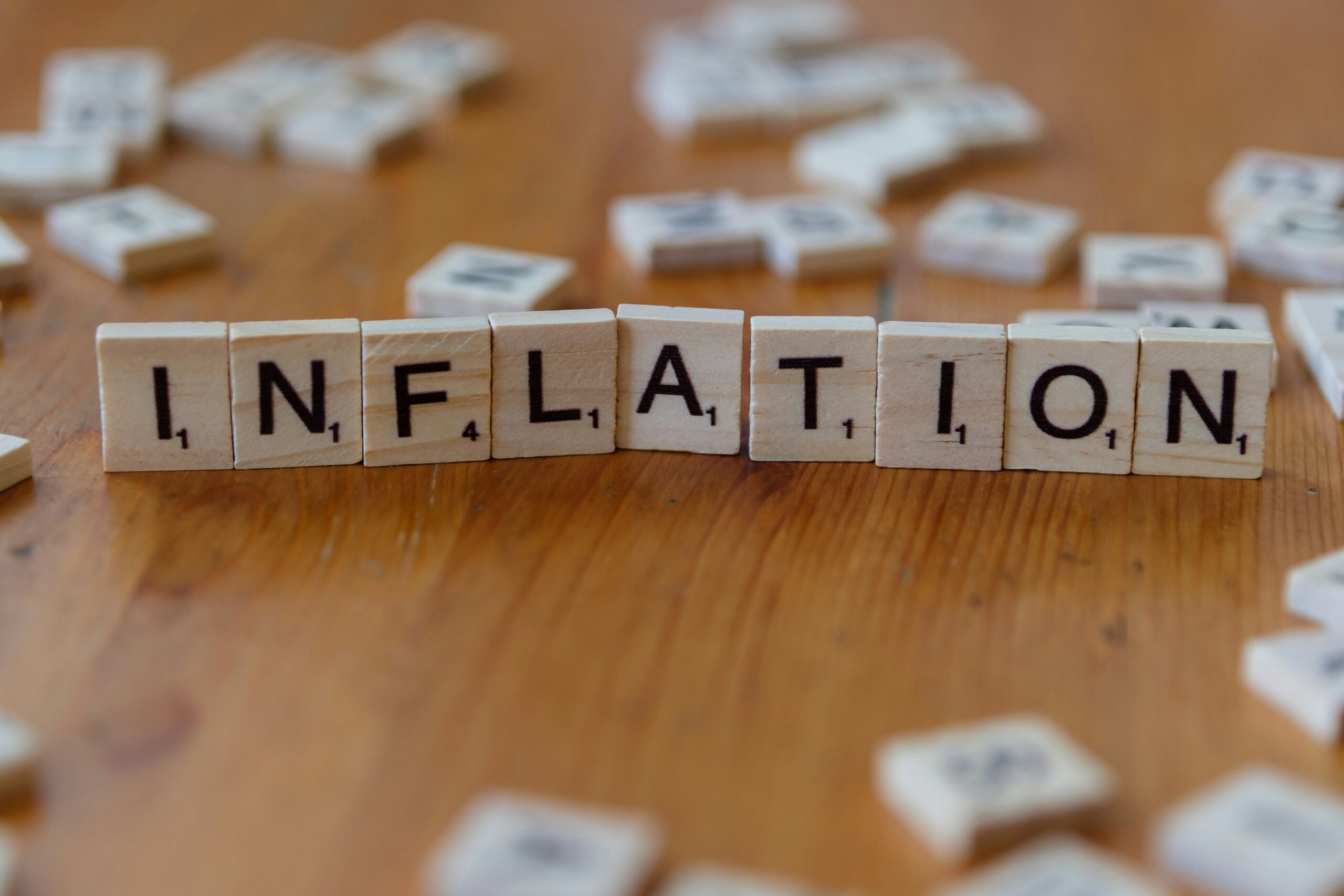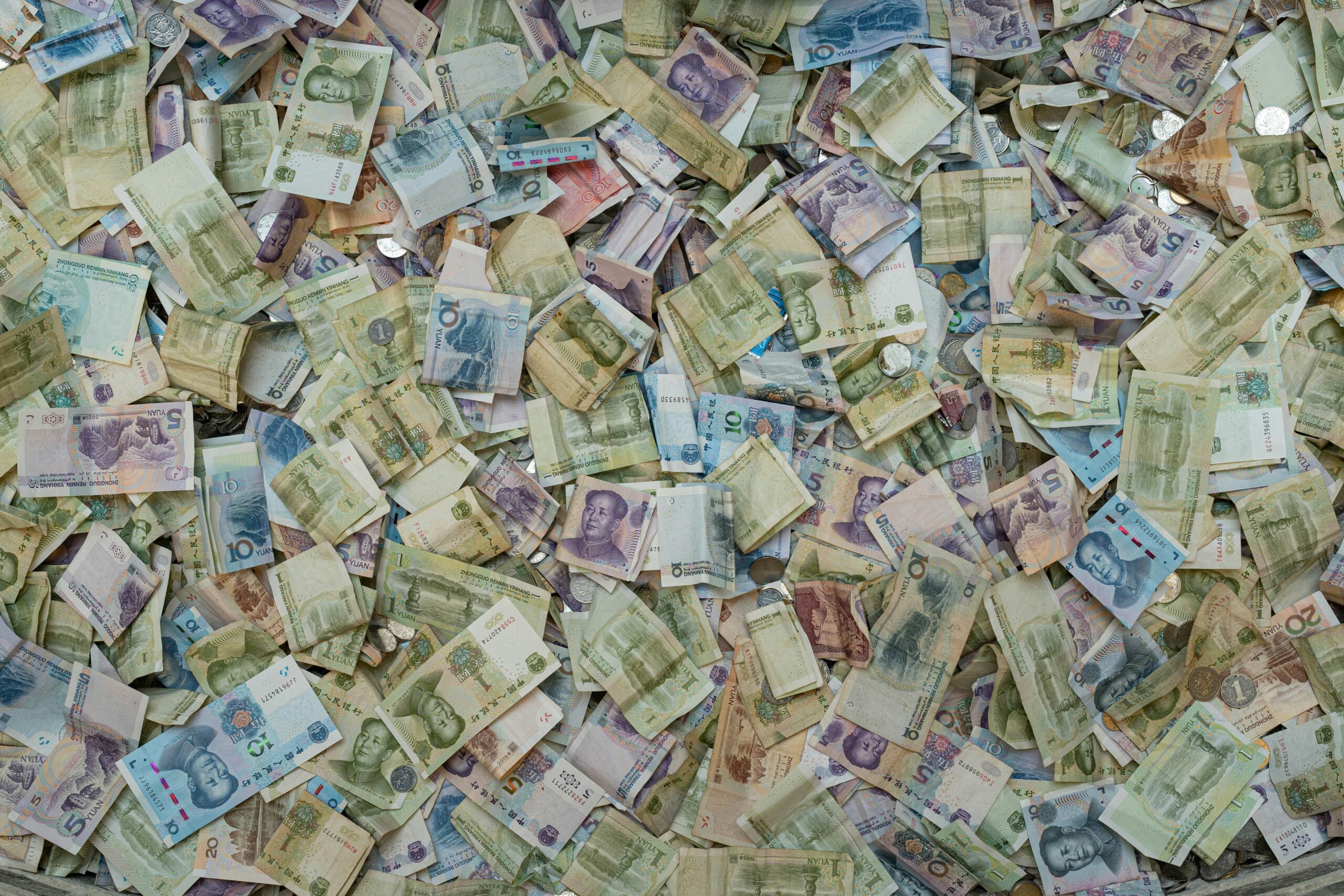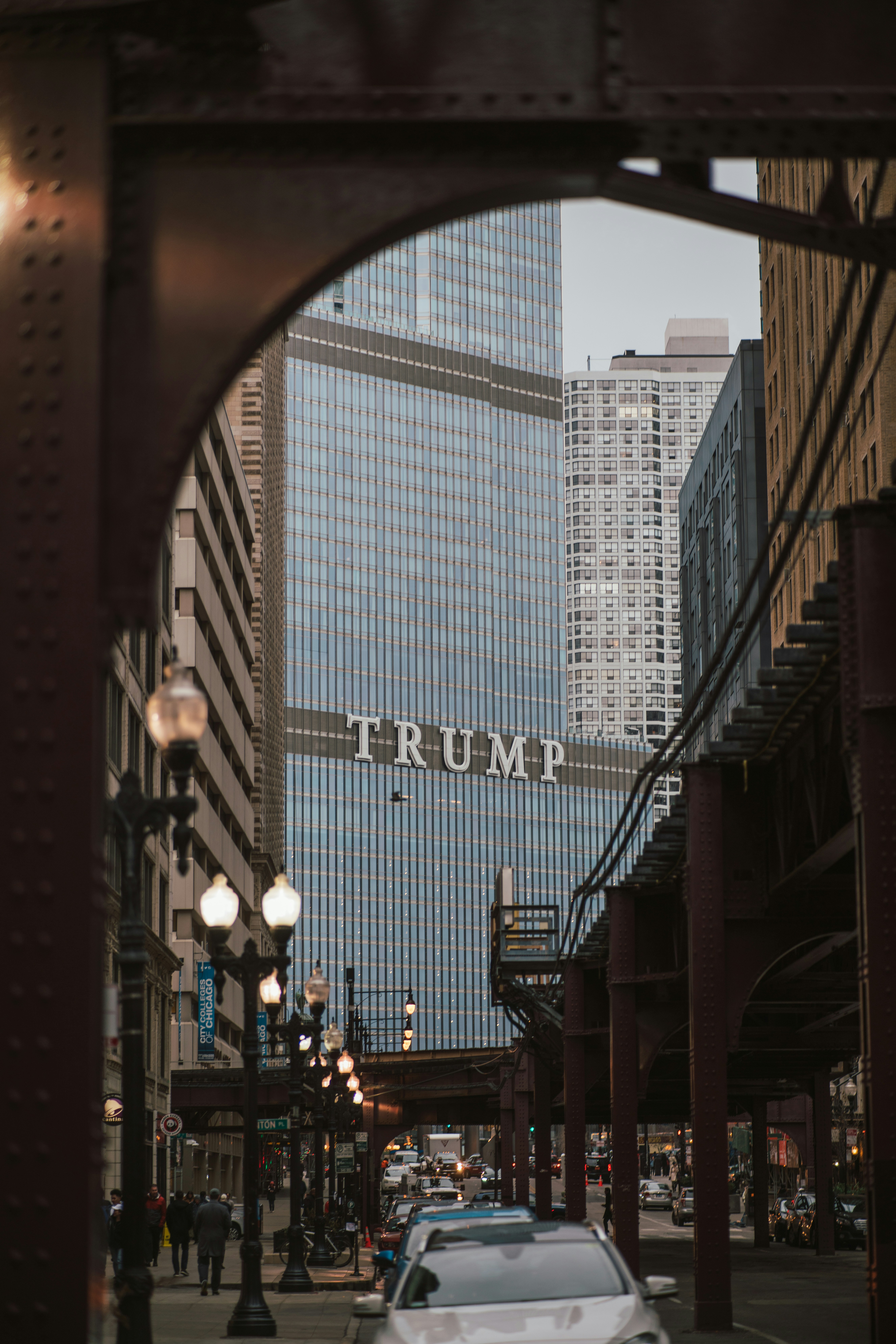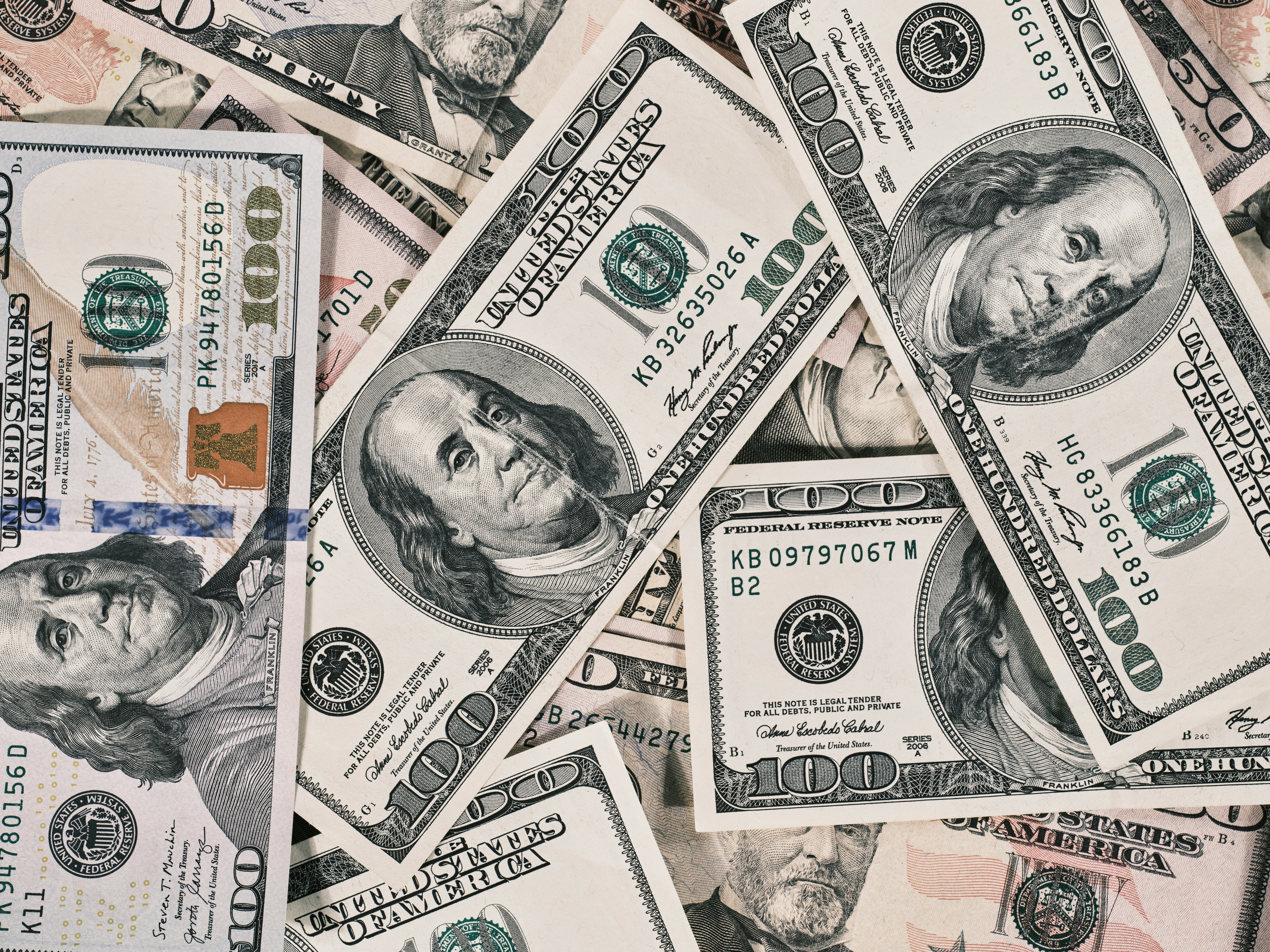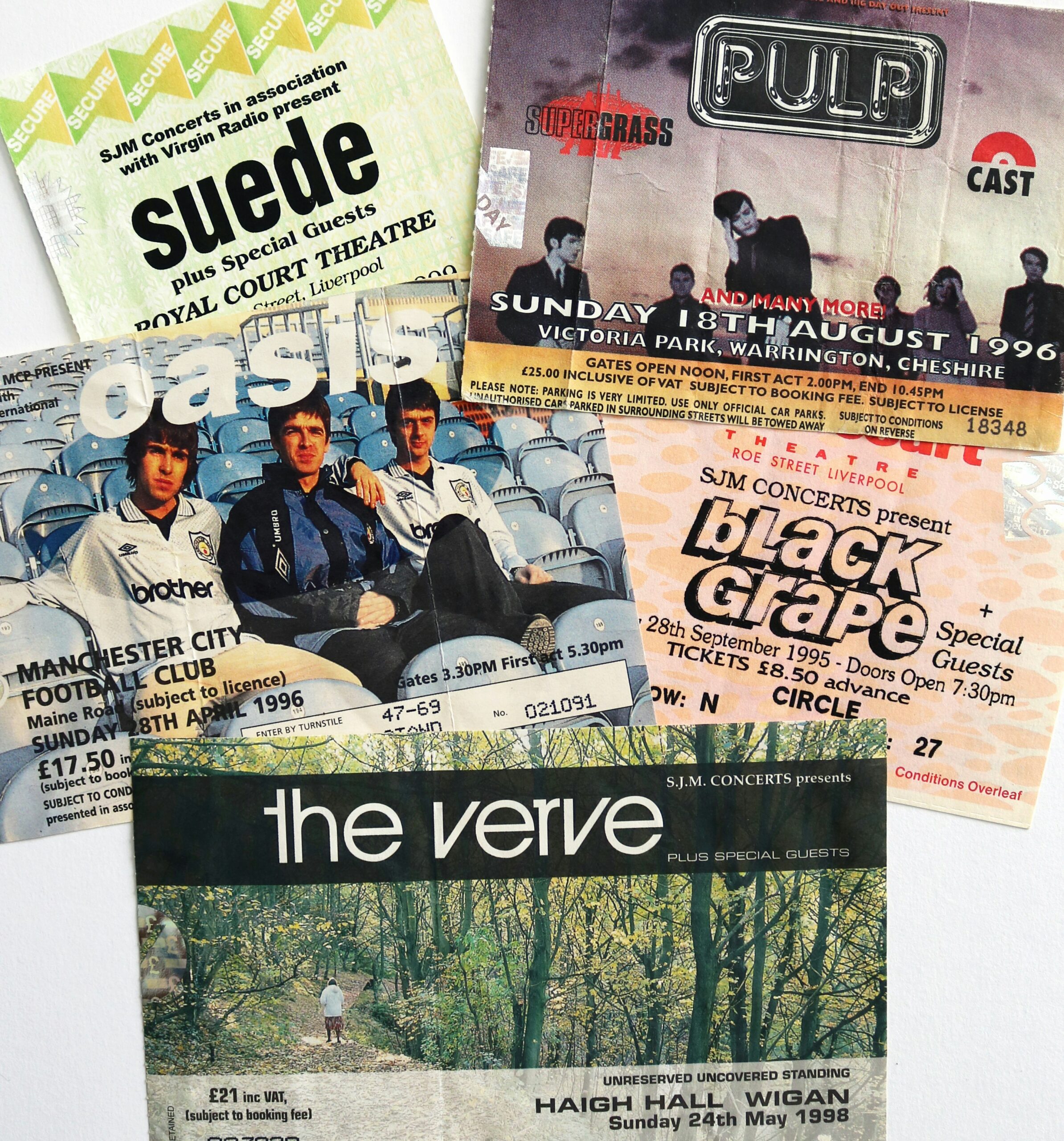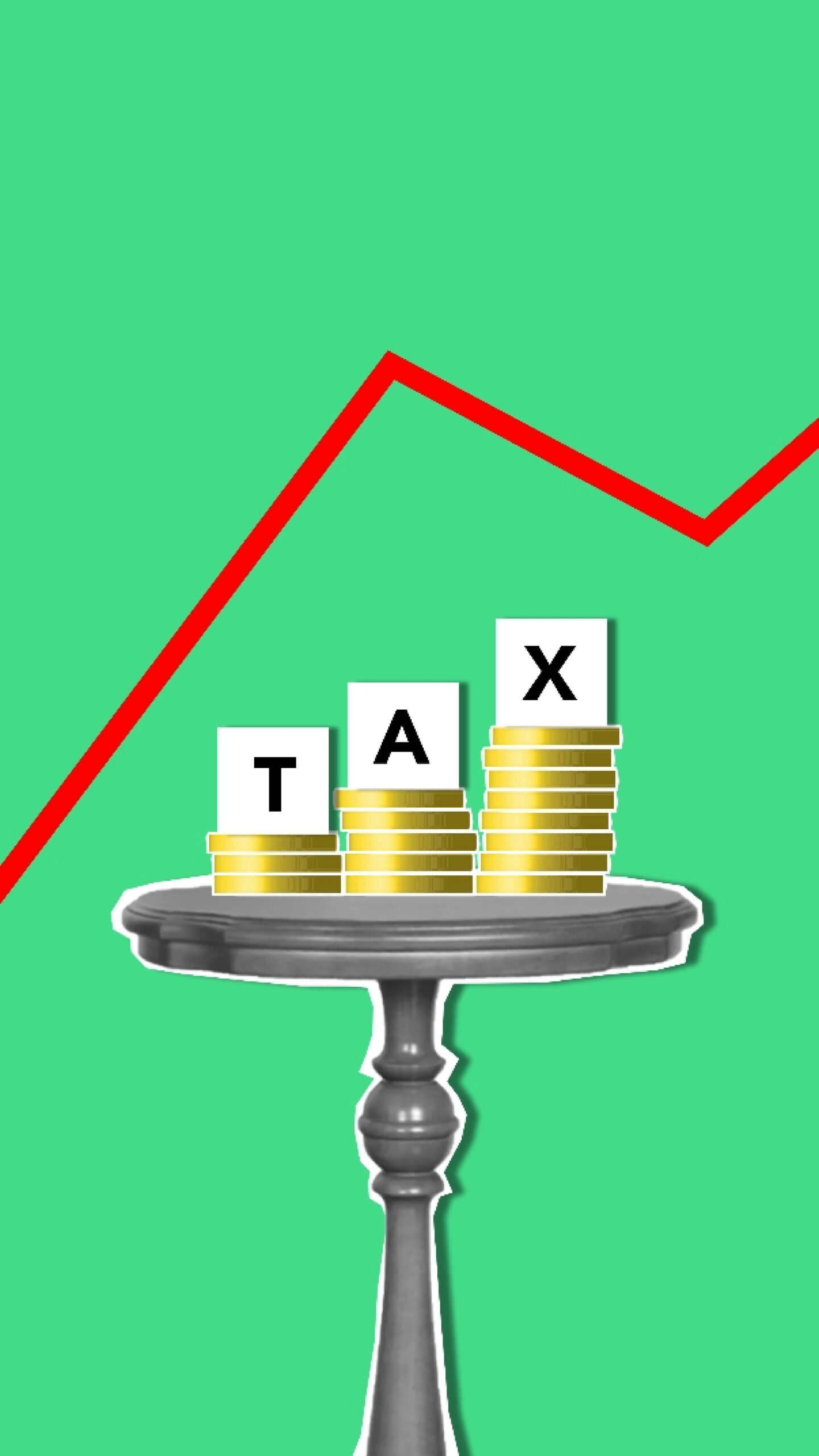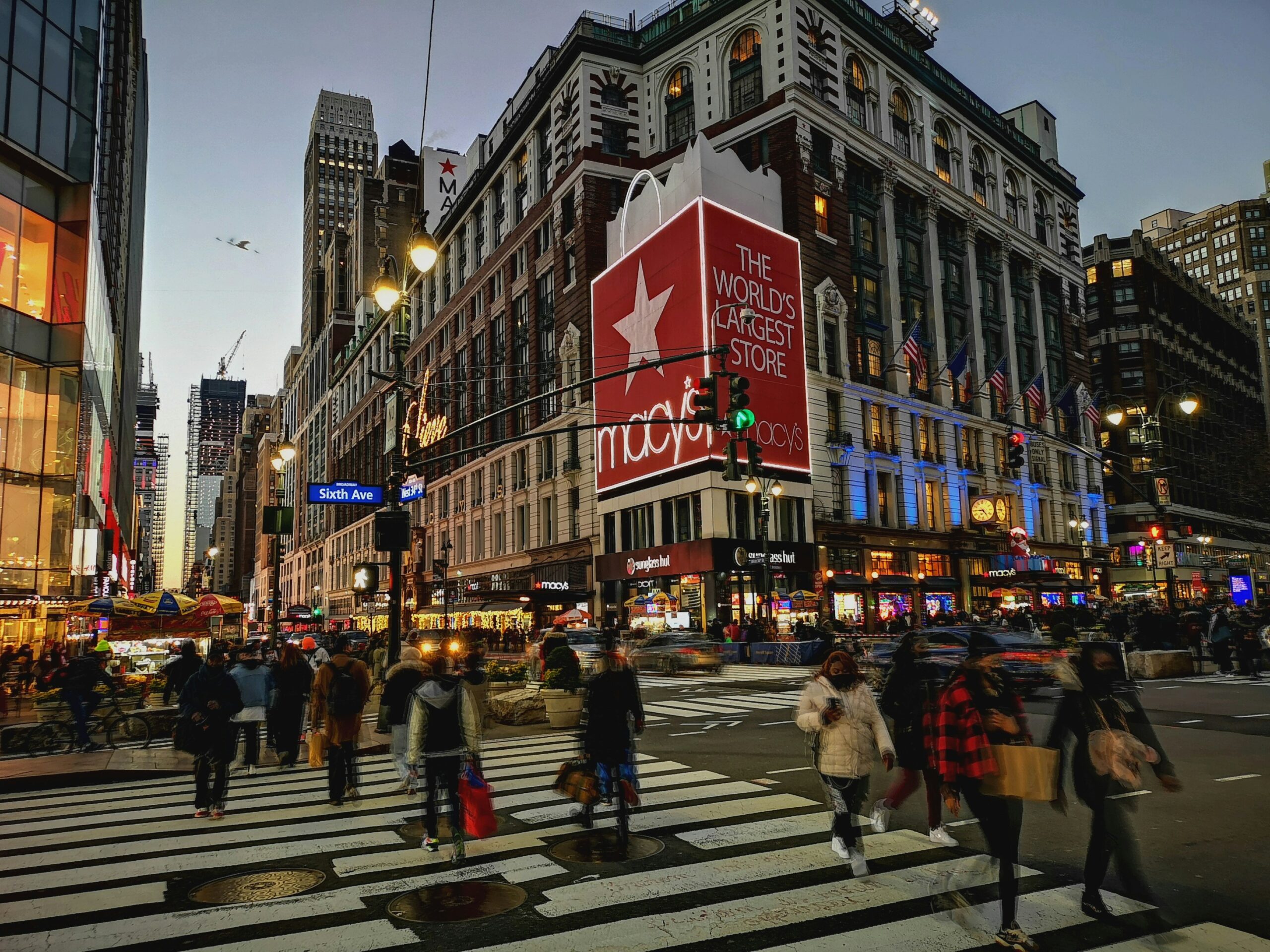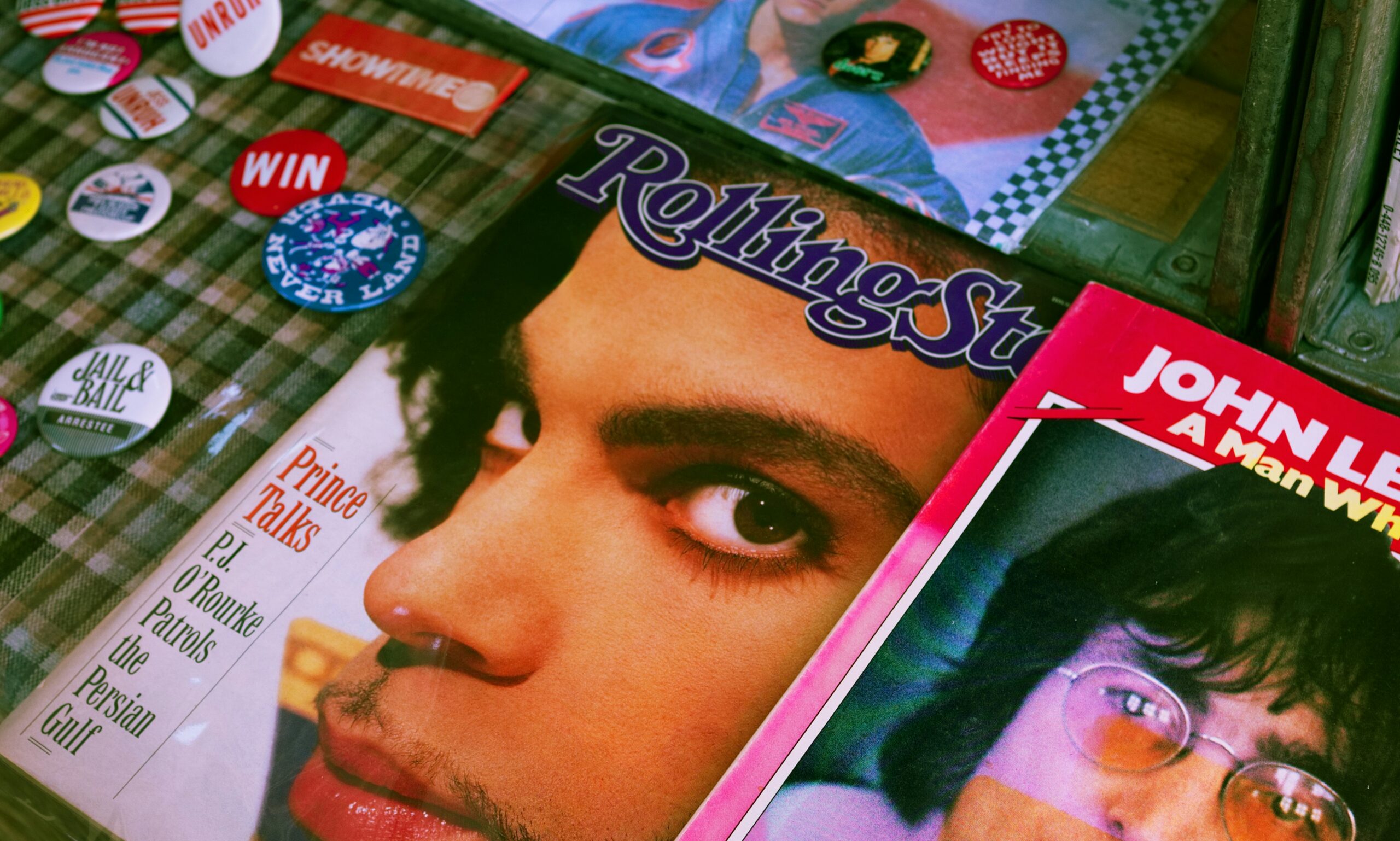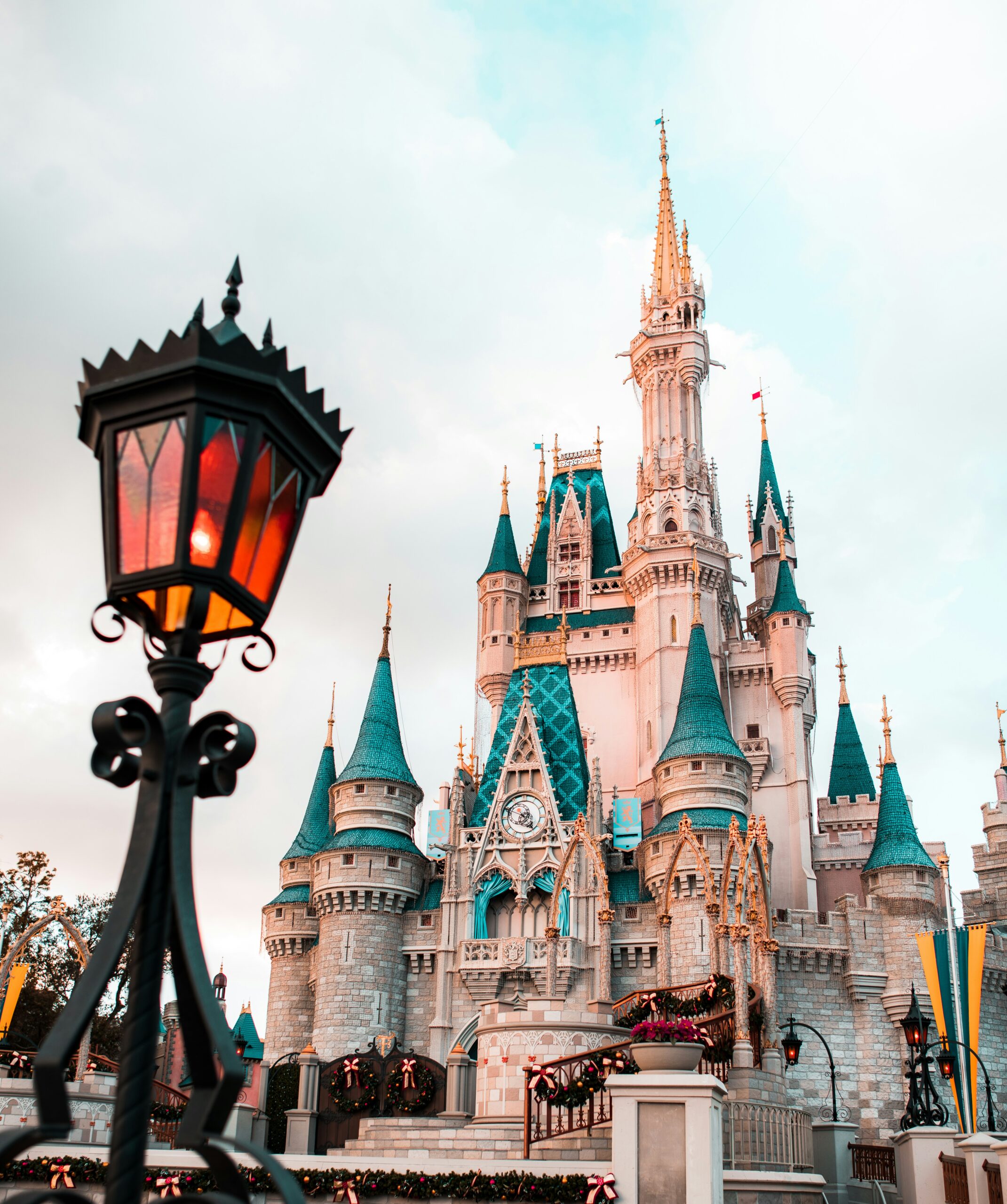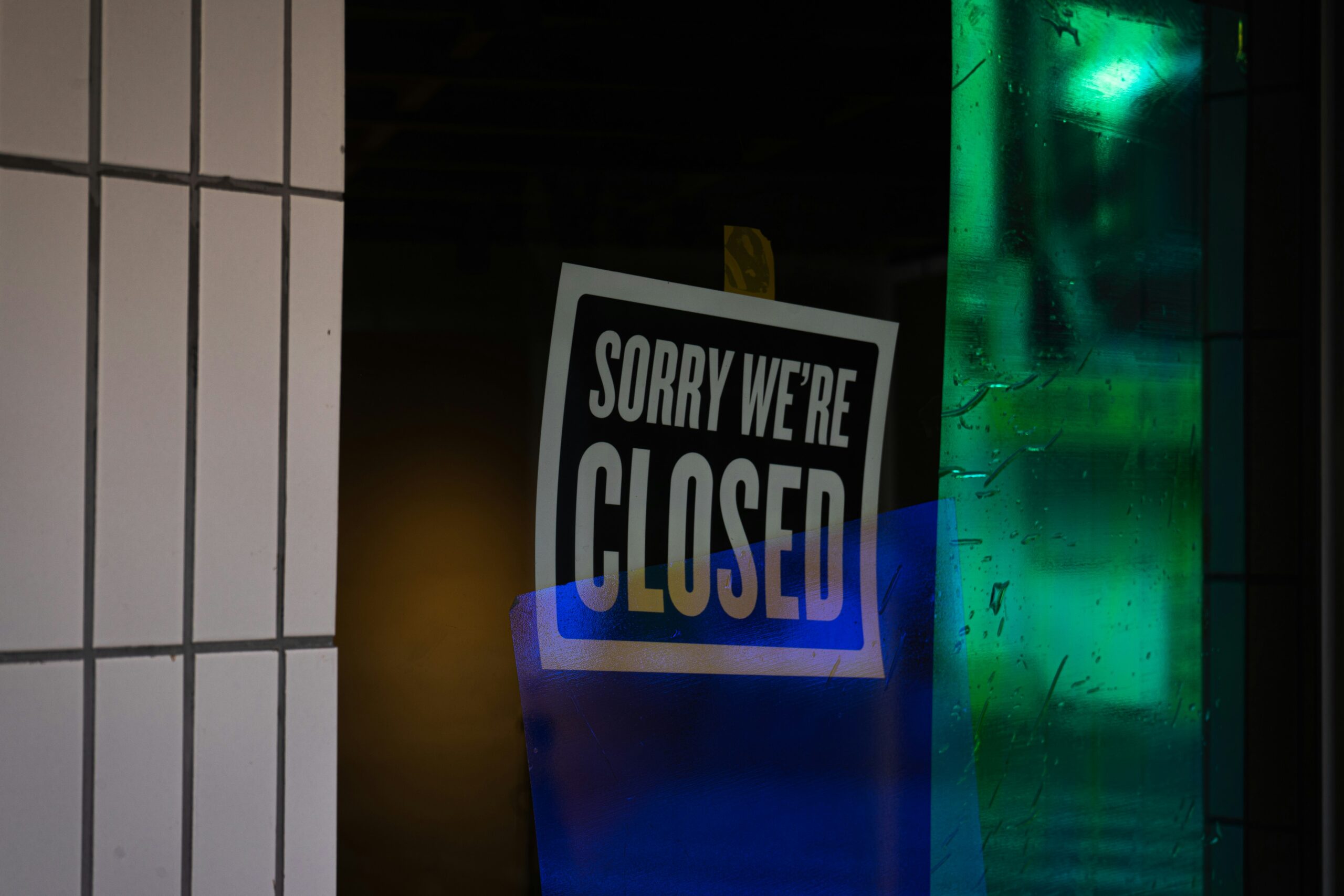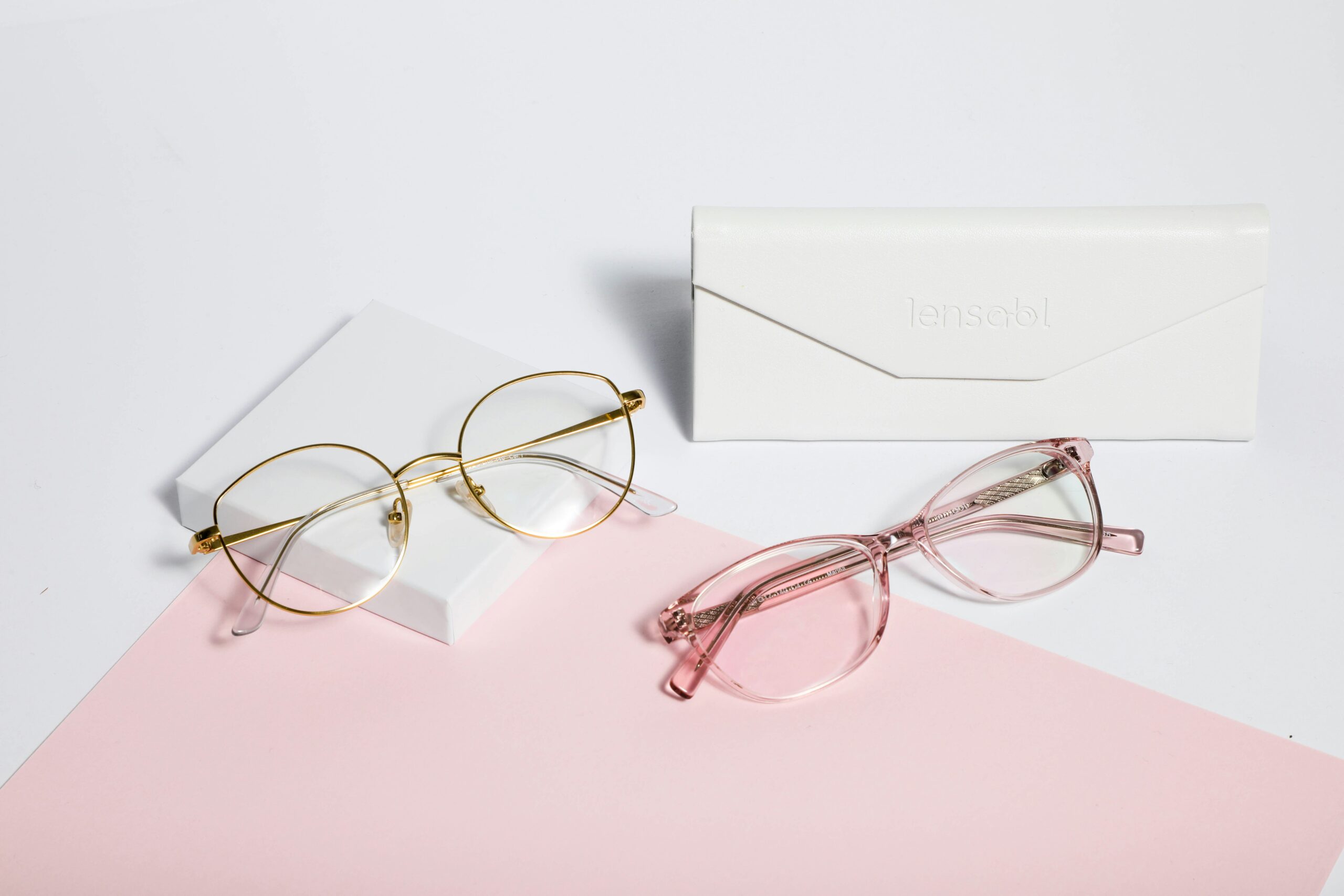Image credit: Unsplash
Grant Cardone, a private equity fund manager, real estate investor, and author of “The 10X Rule,” recently showcased his impressive multimillion-dollar art collection in a YouTube video. From an Alexander Calder piece valued at $44,475 to a Romero Britto artwork acquired at a charity event, Cardone’s collection is both extensive and diverse. But this raises an important question: should the average investor consider art as an investment?
Understanding Art Investing
Art is considered an alternative investment. According to an Alto survey, only 20% of Americans are knowledgeable about alternative investments, and a mere 2.2% own art for investment purposes. Stephen Kates, CFP, principal financial analyst at Annuity.org, explains that while investing in art has a long history, modern platforms like Masterworks, YieldStreet, and Artelier have made it more accessible to everyday investors. These platforms offer fractional ownership, allowing investors to buy shares in valuable art pieces.
However, Kates cautions that traditional art investing is complex and largely dependent on access to works by artists who are, or could become, popular. “Someone like Cardone has access to professional help and a level of disposable income that the average person cannot afford,” he notes. This makes it easier for wealthy individuals to buy and hold art without worrying about future prices or value.
Pros of Art Investment
Eric Satz, founder and CEO of Alto, highlights that technology and fractional ownership are democratizing art investment. “Interest in art investment often stems from a desire to invest in what they love. While you might not hang it on your wall, you can still reap the financial benefits,” he says.
One significant advantage of investing in art is its low correlation with other asset classes. A 2022 CitiBank report indicated that the correlations between blue-chip art and other assets are weakly positive or close to zero. Robert R. Johnson, PhD, CFA, CAIA, professor of finance at Creighton University, affirms that this makes art a valuable diversification tool in an investment portfolio.
Jim Wang, founder of WalletHacks.com, is an example of an investor who ventured into fractional art ownership. Wang invested $60,000 in pieces by Banksy, Basquiat, Keith Haring, and Gerhard Richter through Masterworks. Despite a modest return of 6.6% over three years, Wang appreciates the emotional detachment that comes with not seeing daily price fluctuations, which can influence investment decisions.
Cons of Art Investment
Despite the potential benefits, there are notable drawbacks to art investment. Wang points out that art is highly illiquid. “I bought shares in six pieces of art in 2021, and none have been sold yet. As a tiny shareholder, I can’t push for their sale,” he explains. Selling shares on secondary markets like Masterworks can be an option, but it lacks the transparency of public exchanges.
Another issue is the opacity of art transactions, which often occur in private sales or auctions. Johnson adds that while some art pieces have significantly outperformed other assets, this success is driven by a few high-value pieces. Unlike stocks, which anyone can buy, access to valuable art is limited.
Furthermore, fractional ownership means investors don’t get to enjoy the art personally. “If you want to own art outright, you’d need to invest in pieces by famous artists, which can be prohibitively expensive,” Wang says.
Final Thoughts
Grant Cardone’s art collection might inspire some to see art as an investment, but it’s important to grasp both the pros and cons. Art can provide diversification and a buffer from market swings, but it also has liquidity problems and limited transparency. For most investors, traditional options like low-cost index funds might offer more reliable returns. As Wang reflects, “Investing in art can be a fun diversion, but my money would’ve performed better in the stock market over the past three years.”
